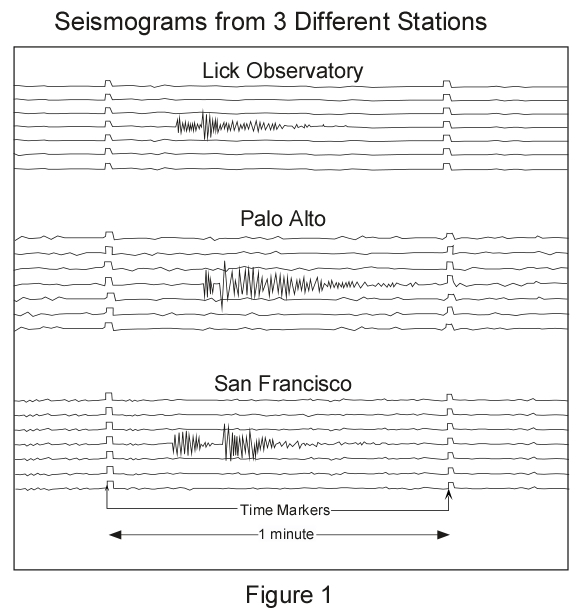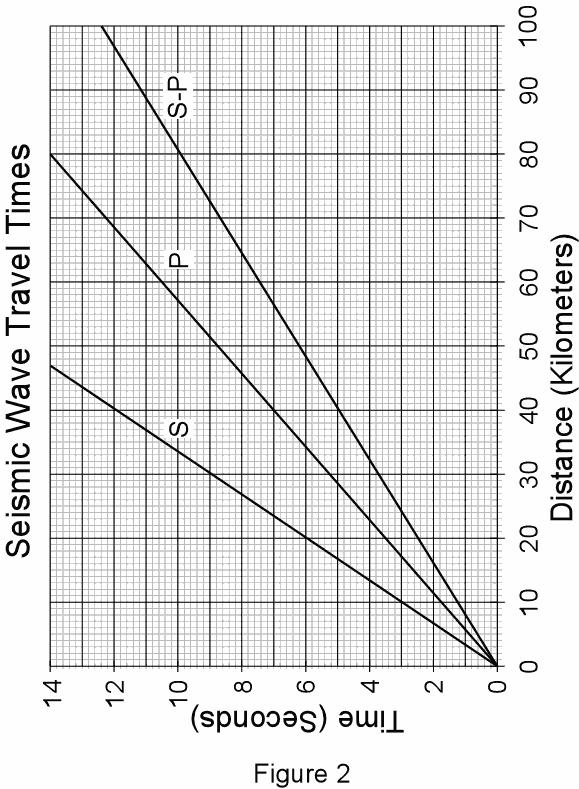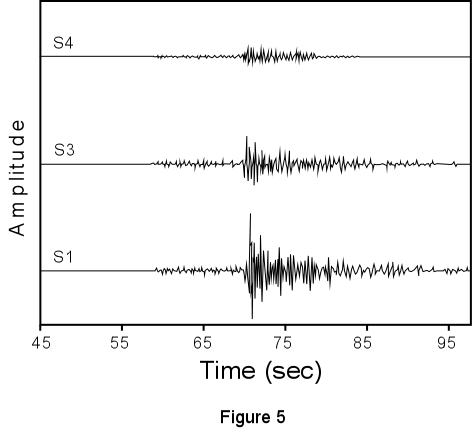- 50 Oxford Av (Single Family Wood Frame 2 story house built before 1939)*
- 75 Avon Av (Unreinforced Masonry 2 story house).
- 170 Walnut Av. (Single Family Wood Frame 2 story house built after 1940).
*Note that this exercise is hypothetical. The actual existence of houses at these addresses is not known with certainty, nor are the construction characteristics at any of these houses known. Any resemblance to actual houses or addresses is purely coincidental and is unintended. No Animals were harmed in the making of this exercise.
You should use the interactive liquefaction maps and shaking maps to first determine the susceptibility of each of these homes to liquefaction and shaking during a worst case scenario earthquake. Proceed as follows:
First, find Earthquakes - Liquefaction on the ABAG Map Portal Page and then click on the Liquefaction Susceptibility.. This will open the interactive liquefaction map. The map is color coded for Liquefaction Susceptibility as shown in the Legend which is seen by clicking on the circled arrow in the box on the left-hand side of the page. You can find a particular address by moving the cursor over the icon that shows a globe with a magnifying glass in front of it and then clicking on Address in the drop-down menu. A box opens and you can type in the street address and zip code (94941) of one of the properties of interest. Then click on Locate. The Map will zoom somewhat and you will need click on "Close" to close the address search box. On the map you can use the scroll wheel on your mouse to zoom in and zoom out, and you can hold down the left mouse button and move the mouse to move back and forth and up and down on the map. You will likely need to zoom in to the location you entered which is now marked on the map, to determine the liquefaction zone in which this property occurs. Note that to see what the different color shades mean, you need to open the legend by clicking Legend at the top of the box on the left. You should be able to locate each of the homes listed above by repeating the process. For each of the three properties, determine the Liquefaction Susceptibility and record the information for later use.
Next,go back to the main ABAG Map Portal Page and under Hazard Planning, Earthquakes - Shaking, click on Shaking Scenarios. then, in th ebox on the left chek check the box next to Northern San Andreas - All Segments. Make sure no other boxes are checked. This will open a map color coded for Shaking Severity due to an earthquake similar to the 1906 San Francisco Earthquake. You can click on Legend to see what the color codes mean. The Legend shows a color code for shaking potential. The colors represent Modified Mercalli Intensity (MMI) values, with the bottom (dark brown color representing a MMI value of 10, the lighter brown 9, red 8, dark orange 7, etc. For each of the homes, determine the MMI values.
Note that you do not need to print any of these maps for this part of the homework exercise.
Answer the following questions -
- For each property, what is the Liquefaction Susceptibility and the Modified Mercalli Intensity (MMI) value for a large earthquake that could affect this area? (3 points)
- From your acquired knowledge of the relationships between shaking intensity, liquefaction, and the type of geologic material underlying an area, make an educated guess about the topography and materials that underlie each of the three properties (3 points).
Before you use the answers to the above questions to decide which property you will accept from Denyallclaims, you should consider the type of construction involved in each of the houses.
To determine the effects of construction type during the shaking of the worst case scenario earthquake, go to the following ABAG web page -http://quake.abag.ca.gov/wp-content/documents/2010-On-Shaky-Ground.pdf Once this PDF file opens, go to Page 6 and read about SHAKING INTENSITY AND BUILDING DAMAGE. As you scroll down, you will see pictures of various types of construction damaged in other earthquakes., then look at Table 1 on page 8. From the information you obtained above on MMI values knowledge of the construction type for each address, answer the following question:
- Which property would you accept from Denyallclaims based on all of the information available and your desire to have the safest and least earthquake susceptible house available, keeping in mind that Table I does not say anything about possible damage that may result from liquefaction (recall that liquefaction may cause damage to the foundation of the home)? Discuss the reasoning used to obtain your answer. (3 points)




